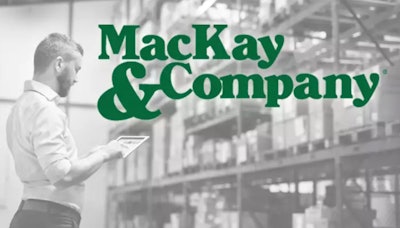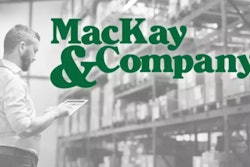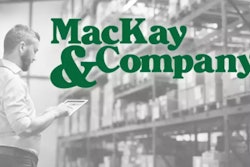
The team of data crunchers here at MacKay & Company have been kicking around some ideas on future potential impacts to the aftermarket. We have spent a great deal of time discussing and tracking the acceptance of alternative-powered vehicles and new truck and trailer technologies and considering their impacts to the aftermarket.
On another tract, we have been discussing autonomous vehicles from the perspective of what would truly autonomous vehicles mean to the aftermarket. Full disclosure: What you are about to read is based on some big assumptions and likely some wrong assumptions, but we will tell you what the assumptions are so you can decide.
We focus on one vocation for this experiment, just the For-Hire Carrier (FHC) vocation. Is this the best vocation to use? Maybe, as this seems to be where most tests are being completed in Class 8.
[RELATED: MacKay & Company's 2022 aftermarket outlook]
In our experiment, the vehicles in this vocation go from not being autonomous one day to being autonomous the next day based on a mass one-day installation of aftermarket systems to all vehicles in operation. We also were going to initially just have half of the vehicles in this vocation become autonomous with the idea that with the older vehicles it wouldn’t make sense to add this technology because of the potential price versus the value of the truck, but then we decided we were thinking too much so we converted the entire vocation.
So, our assumptions are:
We convert all Class 8 trucks in the FHC vocation from human driven to autonomous driven and look at what the impact to the aftermarket would be.
- Freight demands are the same.
- All trucks are still diesel-powered trucks, like the universe now.
- These trucks could run 50 percent more miles per year as they are not restricted by hours of service or other human factors.
- The networks that support these vehicles will adjust to the vehicles’ new hours of operation, including service garages, warehouses, ports, dispatchers, etc.
- Service intervals are the same on these vehicles, but they come faster because the trucks are running more miles in a shorter period of time.
Did I mention we have a lot of assumptions?
We ran our DataMac model based on these assumptions to see what the impact would be. Assuming average annual miles increase by 50 percent, the same number of overall freight miles driven equates to 33 percent less trucks to carry (in this case pull) the same amount of freight because the trucks are running more miles per day, per week and per year. So, we removed one-third of the oldest vehicles from the operating population because they were no longer needed.
[RELATED: Economists offer differing viewpoints on year ahead at HD Aftermarket Dialogue]
The aftermarket parts demand per truck grows by more than 50 percent but there are fewer trucks in total. When looking at the two scenarios for the aftermarket parts demand in 2022, the new demand for the autonomous trucks is 3 percent higher than the current FHC Class 8 universe. Average age drops from 10 years to 5.7 years and the demand for parts grows in younger years.
For example, vehicles in the 1- to 10-year age group currently represent 65 percent of aftermarket demand; with the switch to autonomous, demand increases to 93 percent. Our best estimate is annual retail sales remain about the same but represent a higher percentage of the operating universe as vehicles are utilized more and will need to be replaced on a faster cycle.
The other impact, since we are talking about Class 8 FHC vocation, which is basically all tractors, is the impact on the trailers and related parts aftermarket. We decided to stop on the assumption trail here as we can’t decide if the change in operating population would be the same as it is for trucks. Our guess is likely not because you probably cannot reduce the number of trailers needed by one-third and continue to keep the trucks running at a much higher efficiency level as we have proposed.
Not sure if this has been a good use of your time, but to us — certainly interesting.









